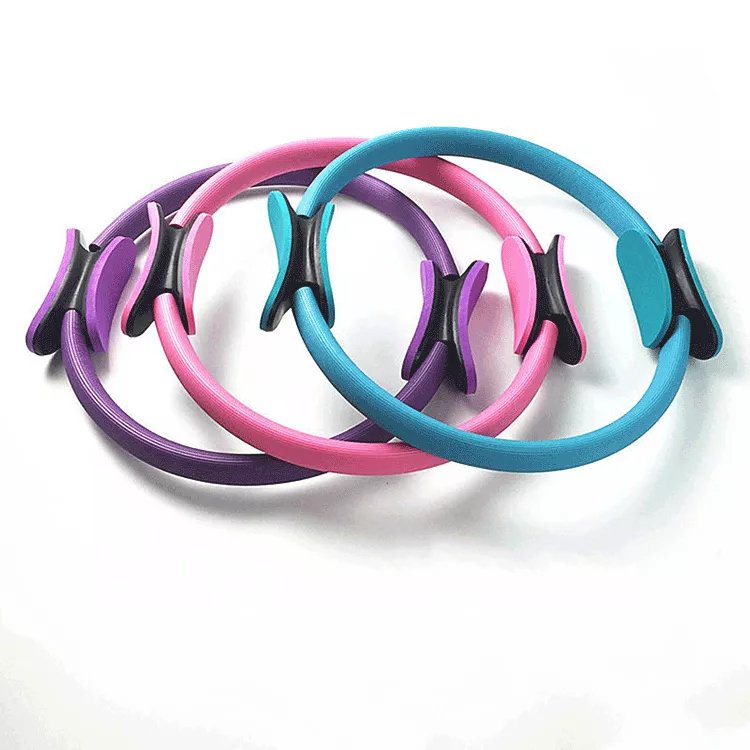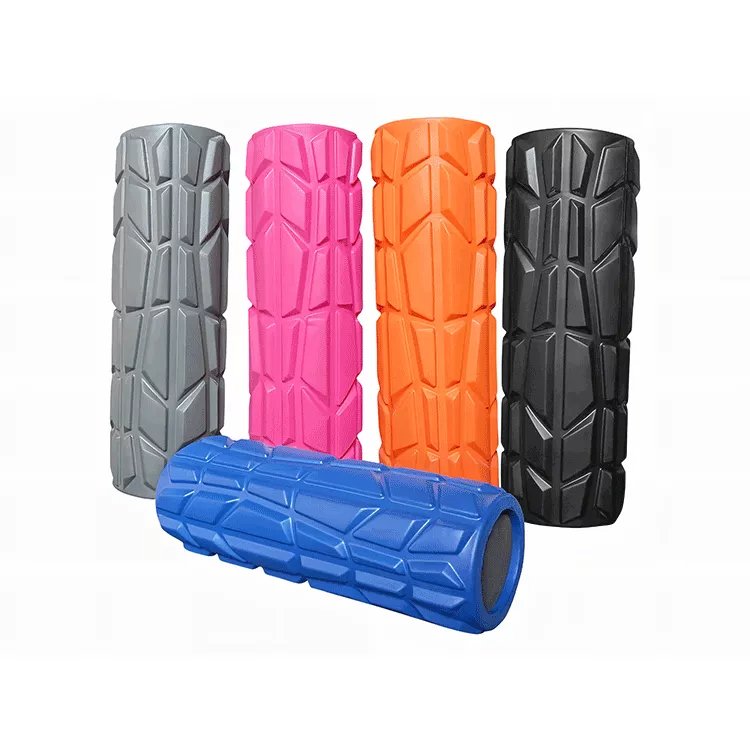
Introduce
Yoga, an ancient practice originating from India, has evolved into a global phenomenon that promotes physical, mental, and spiritual well-being. It is not just a form of exercise; it’s a way of life that can be tailored to suit individual needs and goals. This article delves into the benefits of yoga, explores three popular types, identifies the gentlest form, recommends the best styles for weight loss and anxiety, discusses the most challenging type, highlights a beginner-friendly pose, and provides guidance on where to start your yoga journey.
The Benefits of Yoga
The practice of yoga offers a multitude of benefits, making it a versatile tool for overall health and wellness. Here are some key advantages:
Physical Health
- Flexibility and Strength: Yoga postures (asanas) stretch and strengthen muscles, improving flexibility and balance.
- Posture and Alignment: Regular practice helps in maintaining proper posture, which can alleviate back pain and other musculoskeletal issues.
- Weight Management: Certain forms of yoga can aid in weight loss by burning calories and increasing metabolism.
- Cardiovascular Health: Some dynamic styles of yoga, like Vinyasa, can improve heart health by elevating the heart rate.
Mental Well-Being
- Stress Reduction: Yoga incorporates breathing exercises (pranayama) and meditation, which help reduce stress and promote relaxation.
- Mindfulness and Focus: The concentration required during poses and the focus on breath enhance mindfulness, leading to improved mental clarity and focus.
- Emotional Balance: Yoga encourages a positive outlook on life, helping to manage emotions and reduce symptoms of depression and anxiety.
Spiritual Growth
- Self-Awareness: Through regular practice, individuals often develop a deeper understanding of themselves, fostering self-awareness and personal growth.
- Inner Peace: The meditative aspects of yoga lead to a sense of inner peace and contentment.
Connection
Many find that yoga strengthens their connection with others and the world around them, promoting a sense of unity and compassion.
Three Popular Types of Yoga
Yoga comes in many forms, each with its unique style and focus. Here are three widely practiced types:
Hatha Yoga
Hatha Yoga is one of the most accessible forms of yoga, ideal for beginners. It focuses on basic postures at a comfortable pace, emphasizing alignment and breath. This style provides a foundation for more advanced practices and is great for those looking to build strength and flexibility while learning the fundamentals of yoga.
Ashtanga Yoga
Ashtanga Yoga is a rigorous, fast-paced style that follows a specific sequence of poses. It involves synchronized breath with movement, creating a flowing, intense workout. This form of yoga is excellent for building strength, stamina, and endurance. It requires dedication and is more suited for those who prefer a structured, physically demanding practice.
Vinyasa Yoga
Vinyasa, or “flow” yoga, is characterized by smooth, continuous movements that link one pose to another, typically synchronized with the breath. Each class may vary, as instructors have the freedom to create their own sequences. Vinyasa is known for its fluidity and creativity, making it appealing to those who enjoy a dynamic and varied practice. It also offers cardiovascular benefits due to its faster pace.



The Gentlest Form of Yoga
For those seeking a softer, more restorative approach, Restorative Yoga is the gentlest form. In this practice, props such as blankets, bolsters, and blocks are used to support the body in passive poses, allowing for deep relaxation. Restorative Yoga is particularly beneficial for reducing stress, improving sleep, and promoting healing. It is suitable for all levels, including those recovering from injuries or dealing with chronic conditions.
Best Yoga for Weight Loss
If weight loss is your goal, consider Bikram Yoga or Power Yoga. Bikram Yoga, also known as “hot yoga,” is performed in a room heated to about 105°F (40°C) with 40% humidity. The heat helps to increase heart rate and calorie burn, while the set series of 26 poses and two breathing exercises provide a full-body workout. Power Yoga, a variation of Vinyasa, is equally effective for weight loss, combining strength, flexibility, and cardio elements. Both styles can be intense, so it’s important to stay hydrated and listen to your body.
Best Yoga for Anxiety
To combat anxiety, Yin Yoga and Kundalini Yoga are highly recommended. Yin Yoga involves holding passive poses for several minutes, which allows for deep tissue release and a meditative state. This slow, introspective practice helps calm the mind and reduce stress. Kundalini Yoga, on the other hand, combines physical postures, breathing techniques, chanting, and meditation. It aims to awaken the energy at the base of the spine and move it upward through the chakras, leading to a profound sense of well-being and emotional balance.
The Hardest Yoga to Do
Among the most challenging forms of yoga, Ashtanga Yoga and Iyengar Yoga stand out. Ashtanga Yoga, with its fixed sequence and rapid flow, demands significant strength, flexibility, and endurance. Iyengar Yoga, named after B.K.S. Iyengar, is known for its precise alignment and use of props. While it may seem less physically demanding, the attention to detail and the need to hold poses for extended periods make it mentally and physically challenging. Both styles require dedication and consistent practice to master.
Best Pose for Beginners
- For beginners, the Mountain Pose (Tadasana) is an excellent starting point. This simple yet foundational pose teaches proper alignment, balance, and grounding. To perform Tadasana:
- Stand with your feet together, toes touching, and heels slightly apart.
- Engage your thigh muscles, lift your kneecaps, and draw your navel in toward your spine.
- Lengthen your tailbone toward the floor, and keep your shoulders relaxed and down.
- Extend your arms by your sides, palms facing forward, and gaze straight ahead.
- Hold the pose for several breaths, focusing on your breath and the alignment of your body.
Where to Start Yoga for Beginners

Starting yoga can be exciting but also daunting. Here are some tips to help you begin your journey:
Choose the Right Class
Research Different Styles: Familiarize yourself with various yoga styles and choose one that aligns with your goals and fitness level.
Find a Qualified Instructor: Look for certified instructors who can guide you safely and effectively.
Attend Beginner Classes: Start with classes designed for beginners, which will introduce you to the basics at a comfortable pace.
Invest in Essential Gear
Yoga Mat: A good-quality, non-slip mat is essential for comfort and safety.
Comfortable Clothing: Wear breathable, stretchy clothing that allows for a full range of motion.
Props (Optional): Consider purchasing props like blocks, straps, and bolsters, especially if you plan to practice at home.
Set Realistic Goals
Consistency is Key: Aim to practice regularly, even if it’s just a few minutes a day.
Be Patient: Progress in yoga takes time, so be patient with yourself and celebrate small victories.
Listen to Your Body: Honor your body’s limits and avoid pushing too hard, which can lead to injury.
Create a Home Practice
Dedicated Space: Designate a quiet, clutter-free space for your practice.
Follow Online Resources: Utilize online tutorials, videos, and apps to guide your home practice.
Join a Community: Connect with other yogis through local studios, workshops, or online forums for support and inspiration.
Stay Open-Minded
Explore Different Styles: As you progress, try different styles to find what resonates with you.
Embrace the Journey: Yoga is a lifelong practice, and each session is an opportunity to learn and grow.
In Conclusion
Yoga is a holistic practice that offers numerous benefits, from physical health to mental and spiritual well-being. Whether you’re a beginner or an experienced practitioner, there’s a style of yoga that can meet your needs and help you achieve your goals. By choosing the right type, starting with gentle poses, and following the tips provided, you can embark on a fulfilling and transformative yoga journey. Remember, the key to success in yoga is consistency, patience, and an open mind. Namaste.





